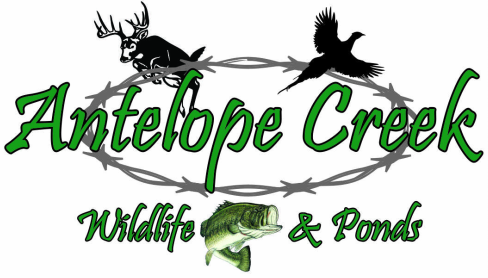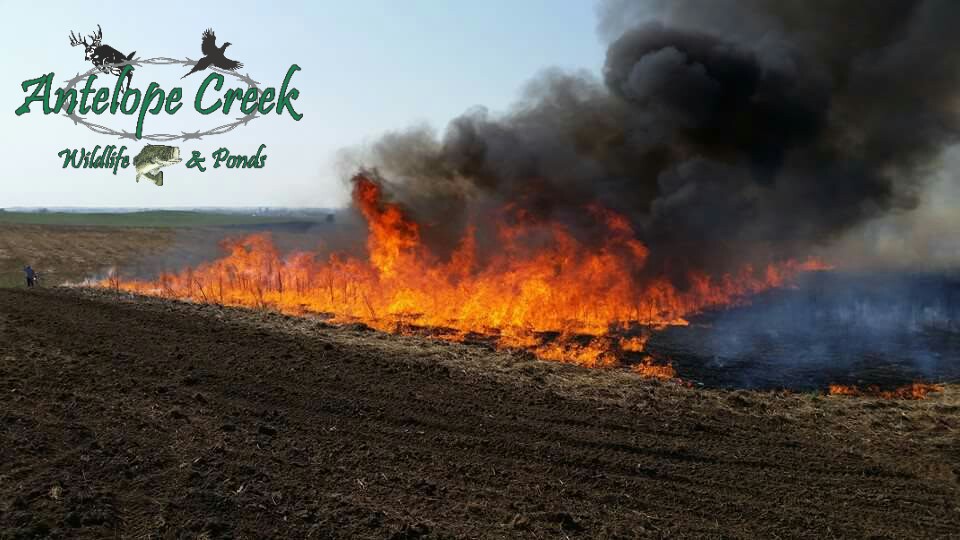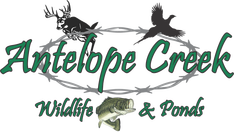First off why do we burn our grassland habitat and pastures? For a few reasons, one it rids the landscape of dead plant material that if left unmanaged it can be a threat to uncontrolled wildfires through an accidental means of ignition. By removing the fuel load with a prescribed burn you lessen the chances of an uncontrolled fire causing property damage you don’t desire. Second, it brings your grassland back to the primary succession stage by removing or killing all tree species that may be starting to invade your grassland. Finally, burning promotes new growth of desired plant species and by burning the existing fuel load, provides an immediate source of available nutrients to new growth. Now why is timing of the burn so important?
If you are looking to promote cool season grasses and forbs in pasture land and nesting/brood rearing cover, now is a great time to burn. Burning those areas now will promote the growth of cool season species in the habitat. However the same is true if you are trying to promote warm season grasses for winter cover and fawning cover, burning now will promote your cool season grasses which can hinder the quality of winter and fawning cover in the stand.
If you are looking to improve the warm season stands late April into mid May is the best time to burn these acres. However if you burn during that time period looking to improve cool season grasses you will likely set them back. Now keep in mind these dates can vary by region and even year by year.
Now if you burn now looking to improve warm season grasses you can do so but there will be another step to take here. Once the ground begins to green up with cool season grasses, such as non-native brome or bluegrasses, and get to around 4 inches tall, go through the property and have it burned down with RoundUp to kill the brome off. This is a very effective way at reducing the brome growth in your plantings. Brome grass is not of much value to most wildlife species so it is best to get it out if possible. Even for livestock it is not the best. Native grasses are much higher in nutrient content for livestock grazing, than is brome or bluegrasses. There will be more in a later article on why brome is not beneficial to most wildlife.
Remember to manage today for a better tomorrow!
Brett Kleinschmit


 RSS Feed
RSS Feed
